August and traditionally holiday time, I don’t really do ‘holiday’ as such, but I do do travelling.
So, off to Brittany, as the only area in France I have never visited. France is big – bigger than England – and so Brittany is already sizeable.
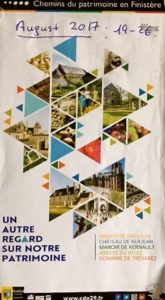
I was a bit surprised, I expected it to be rather Cornwall Plus but it was its own place: quite flat and mostly modern buildings – and farms! Still, the coasts were very impressive – long dunes and spectacular bays. There were also all the rocks all over the place.

I was based around North Finstere, Which somewhat reminded me of the song of the similar name from the latest CD by June Tabor – Ashore:

For me, Brittany was a country of: Dunes, Chapels, Crosses, Rocks, Cider, Crepes, Choirs, Fish, Markets, Sea, Stones, and Sunsets.
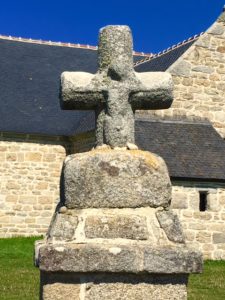
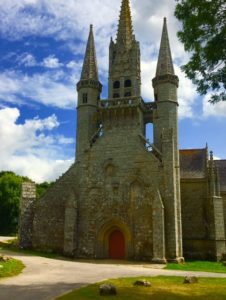
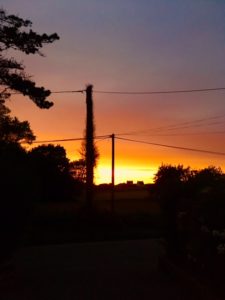
And Alain Stivell, of course:
https://www.youtube.com/watch?v=wMQbcGNs9kg
Whilst there, I visited Le Poldu and Pont-Aven, where Gauguin lived for a while:
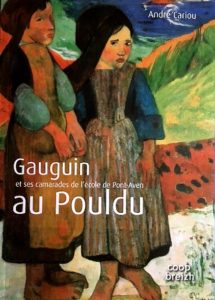
Painters within the Nabis group (‘The Prophets’ – Maurice Denis, Bonnard, Vuillard, Sérusier) also met and worked there. I ended up admiring their work more and Gauguin’s work less – still all very interesting. Apparently, he hid when Van Gogh came to visit him there.
https://en.wikipedia.org/wiki/Les_Nabis
A quick trip to Weymouth, where my mother lived as a child. Typical English seaside with fair, candy-floss, and fish n’ chips.

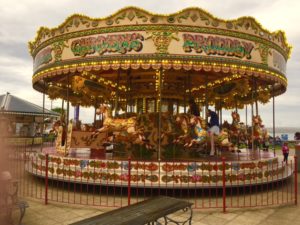
This shop has been here decades and we went there as children – now adults!!
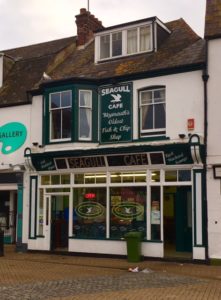
More travelling took me back to my old workplace of Trinity College, Dublin. To do some work and also catch up with various ones. A good trip: the sun shone, the accommodation was home-from-home and a real please to see old friends over a glass or two.

Whilst there, I got to see the Vermeer exhibition.

Pretty good. Of course, Vermeer only did about 34 paintings – of at least only that number are left, and only four signed. There are exorbitant amounts charged by overseas galleries to loan out key works. One way Museums get around it these days is to ‘fill out’ with paintings by other artists associated with the master. I came across a similar trick in London last years with ‘the people Caravaggio influenced. There we 10 actual Vermeer paintings in Dublin, which sadly only rather showed up how much not as good all those associated with him were. Still, he was not beneath copying someone else; except all always seemed to do a better job!
Whilst in art mode, I also get to see the Giacometti in London: these tall thin figures which Sartre referred to as somewhere ‘between being and nothingness’. The exhibition was badly curated and there were just too many on display. Still, it showed the evolution of his style very clearly. He apparently inspired Dali to dedicate himself to surrealism and Giacometti himself dipped in and out of it: rather sociable, he always seemed to manage to maintain friendships with other artists, André Breton, for example, even after falling out with them over work. I liked him and his generous spirit, even if he seemed determined to strip men and women to their essential natures.

Whilst in London, I was also delighted to see some free WOMAD music on the South Bank, in a general atmosphere of summer festivities. Surely, we need it!!!

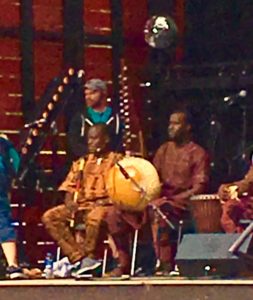
The contemporary artist David Barton has dedicated his latest book to me – a great honour.
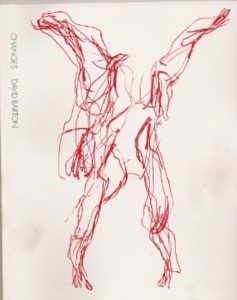
https://www.hotbedpress.org/artists/david-barton/
I met David at a critical moment in my life some years ago. He has been a very important mentor for me, and always encouraging in my creative explorations. He worked with Anton Ehrenzweig at Goldsmith’s College London, the ideas of whom he introduced to me. The Hidden Order of Art became very important to my understanding of the creative process – or, at least as far as the psychology of art/ music can take you.
https://en.wikipedia.org/wiki/Anton_Ehrenzweig
Some years back, David’s wife, Moya, also shared with me her enthusiasm for the work of the British ‘Surrealist’/ Occult painter Ithell Colquhoun, which has since preoccupied me with various researches.
http://www.ithellcolquhoun.co.uk/
Summer, so, appropriate that this month’s ‘CD of the Month’ is the latest by West African Oumou Sangaré. I have seen her perform a few times and it is always rich an intoxicating music.
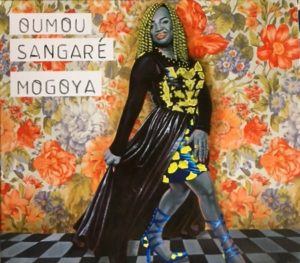
For Book of the Month, there is some completion, but I have been re-reading various forms – poetry and literature – of what I call ‘charismatic’ work, so clearly defined in Le Grands Meaulnes (1913) by Alain-Fournier, with its ‘lost domain’ theme.
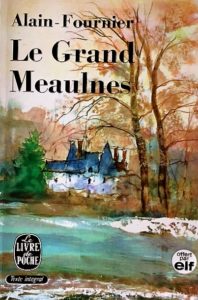
I shall be publishing an article, which discusses all this shortly on this web. Here is an extract:
‘John Fowles cites Le Grands Meaulnes as a previously unacknowledged primary source for his Jungian story of transformation, The Magus, which ends with the enigmatic aphorism, cras amet qui numquan amavit, quiqu amavit cras amet. Following on from Le Grands Meaulnes, which Fowles refers to as ‘adolescent’, he describes The Magus (1977/ 66) also as ‘a novel of adolescence written by a retarded adolescent’ (p. 9); sentiments quoted approvingly by Julian Barnes in his review of a new edition of the Alain-Fournier classic (https://www.theguardian.com/books/2012/apr/13/grand-meaulnes-wanderer-julian-barnes). In a typical externalist aside, Barnes draws attention to the final carnival fireworks in Le Grands Meaulnes as announcing the end of romanticism just before the ‘reality’ of World War 1 broke out. That being said, it seems that the sublime world, just out of sight, occasionally encountered in the magical, and often personified in women and men (even boys), is not a disposition easily overturned; rather its seems endemic in the human psyche and its aesthetic. Most of subsequent Fowles’ novels, for example – The French Lieutenant’s Woman (1969), The Ebony Tower (1974), Daniel Martin (1977), Mantissa (1982), A Maggot (1985) – contain strong elements of this search for the unreachable.’
I particularly like this French, Livre de Poche, edition with its evocative front cover picture, and yellow spine.